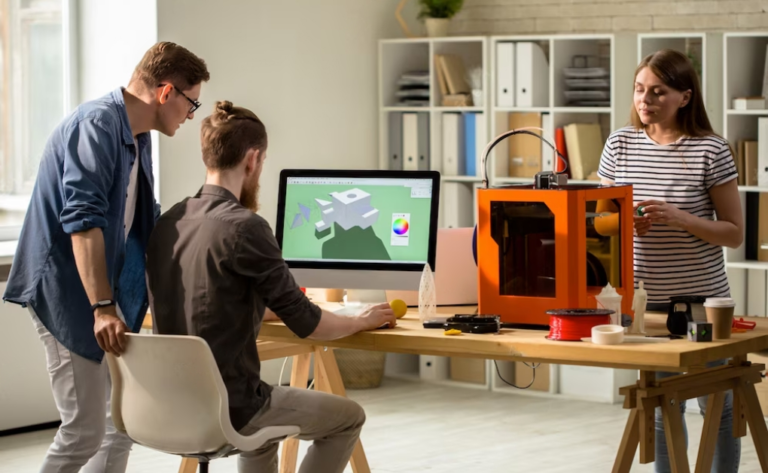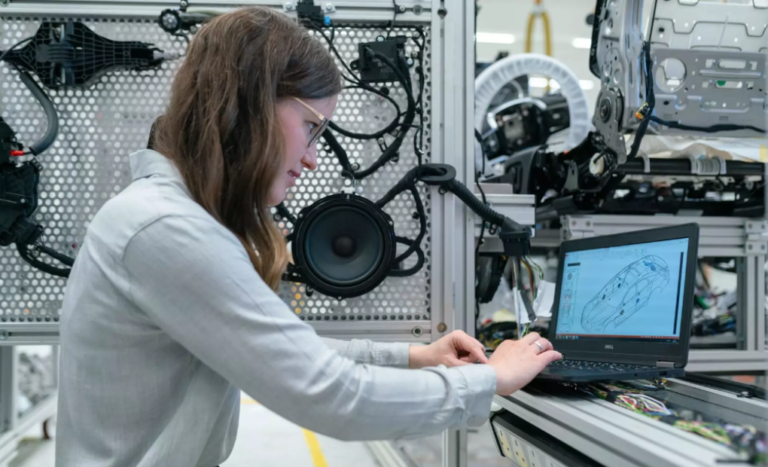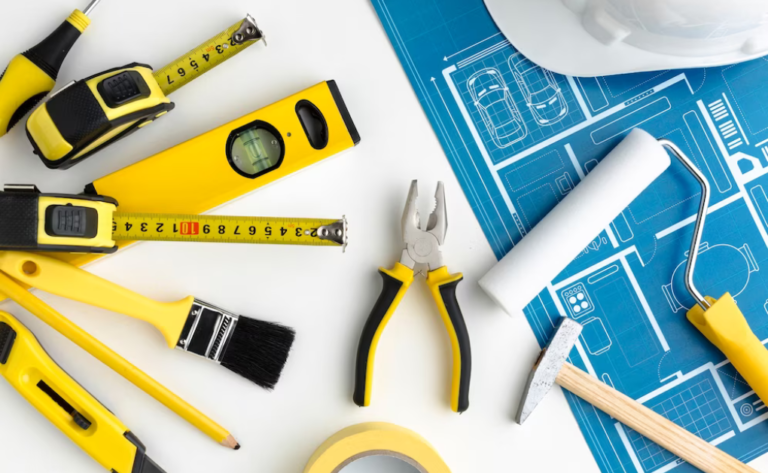The Impact of Sustainable Design on the Manufacturing Industry

In recent years, sustainability has become a central focus in various industries, and the manufacturing sector is no exception. Sustainable design, also known as eco-design or green design, emphasizes creating products that minimize environmental impact and promote long-term ecological balance. As consumer awareness about environmental issues grows, the demand for eco-friendly and sustainable products is increasing. In this blog, we will explore the significant impact of sustainable design on the manufacturing industry, from reducing waste and resource consumption to fostering innovation and meeting consumer expectations.
Reduced Environmental Impact
One of the primary benefits of sustainable design in the manufacturing industry is its contribution to reducing the overall environmental footprint. Sustainable design principles prioritize the use of renewable resources, recycling materials, and minimizing waste during the production process. By adopting sustainable design practices, manufacturers can significantly decrease greenhouse gas emissions, water consumption, and energy usage, thereby mitigating their impact on the environment. That the reason how it, reduced environmental impact.
Resource Efficiency

Sustainable design promotes resource efficiency by optimizing material usage and design choices. Designing products with the least amount of materials required for functionality reduces resource extraction and depletion. Manufacturers can achieve resource efficiency through techniques like light weighting, which involves using less material without compromising product performance.
Extended Product Lifecycles
Incorporating sustainable design principles often leads to the creation of durable and long-lasting products. By designing products that are built to withstand wear and tear, manufacturers can extend the lifecycle of their products. This approach reduces the need for frequent replacements and minimizes waste generation, promoting a circular economy.
Circular Economy Advancements

Sustainable design encourages the adoption of circular economy models. Instead of the traditional linear model of “take, make, dispose,” a circular economy focuses on creating products that are designed for easy disassembly and recycling. This approach enables manufacturers to recover valuable materials from end-of-life products and reintroduce them into the production cycle, reducing the demand for virgin resources.
Compliance with Regulations and Standards
With growing environmental concerns, governments worldwide are introducing stricter regulations and standards related to sustainability and environmental impact. Embracing sustainable design practices helps manufacturers ensure compliance with these regulations, avoiding potential penalties and improving their environmental reputation.
Enhanced Brand Reputation

In an era where consumers are increasingly environmentally conscious, sustainable design can significantly impact a manufacturer’s brand reputation. Brands that prioritize sustainability are more likely to attract environmentally-conscious consumers, leading to increased customer loyalty and brand value.
Innovation and Competitive Advantage
Sustainable design often requires innovative thinking and creativity to find environmentally-friendly solutions. Manufacturers embracing sustainable practices are more likely to discover new materials, production methods, and technologies that set them apart from competitors. Sustainable innovation can drive a company’s competitive advantage in the market.
Cost Savings in the Long Run

While sustainable design may require initial investment and research, it often leads to cost savings in the long run. Efficient use of resources, reduced waste disposal costs, and improved product durability contribute to lower operational expenses over the product’s lifecycle.
Supplier and Stakeholder Expectations
Manufacturers are increasingly under pressure from suppliers, investors, and other stakeholders to adopt sustainable practices. Suppliers, particularly those with their own sustainability commitments, may prefer to partner with manufacturers who share their values. Sustainable design can, therefore, foster strong supplier relationships and attract investment.
Consumer Demand and Market Trends

Perhaps the most significant impact of sustainable design on the manufacturing industry is the growing consumer demand for eco-friendly products. With increased environmental awareness, consumers actively seek products that align with their values, driving manufacturers to incorporate sustainable design elements into their offerings.
Conclusion
Sustainable design is no longer an optional consideration but a vital imperative for the manufacturing industry. Its impact extends far beyond reducing environmental footprints; it drives innovation, cost savings, and brand reputation. Manufacturers that prioritize sustainable design not only contribute to a healthier planet but also position themselves for long-term success in a rapidly evolving market.
As sustainable practices become the norm, manufacturers must proactively integrate sustainable design principles into their product development processes. By embracing sustainability, manufacturers can effectively address environmental challenges, meet consumer expectations, and create a positive impact on the planet and society as a whole. The future of manufacturing lies in sustainability, and it is up to manufacturers to lead the way in shaping a more sustainable and responsible future for generations to come.
Hope, Now you will better understand the impact of sustainable design on the manufacturing Industry.







